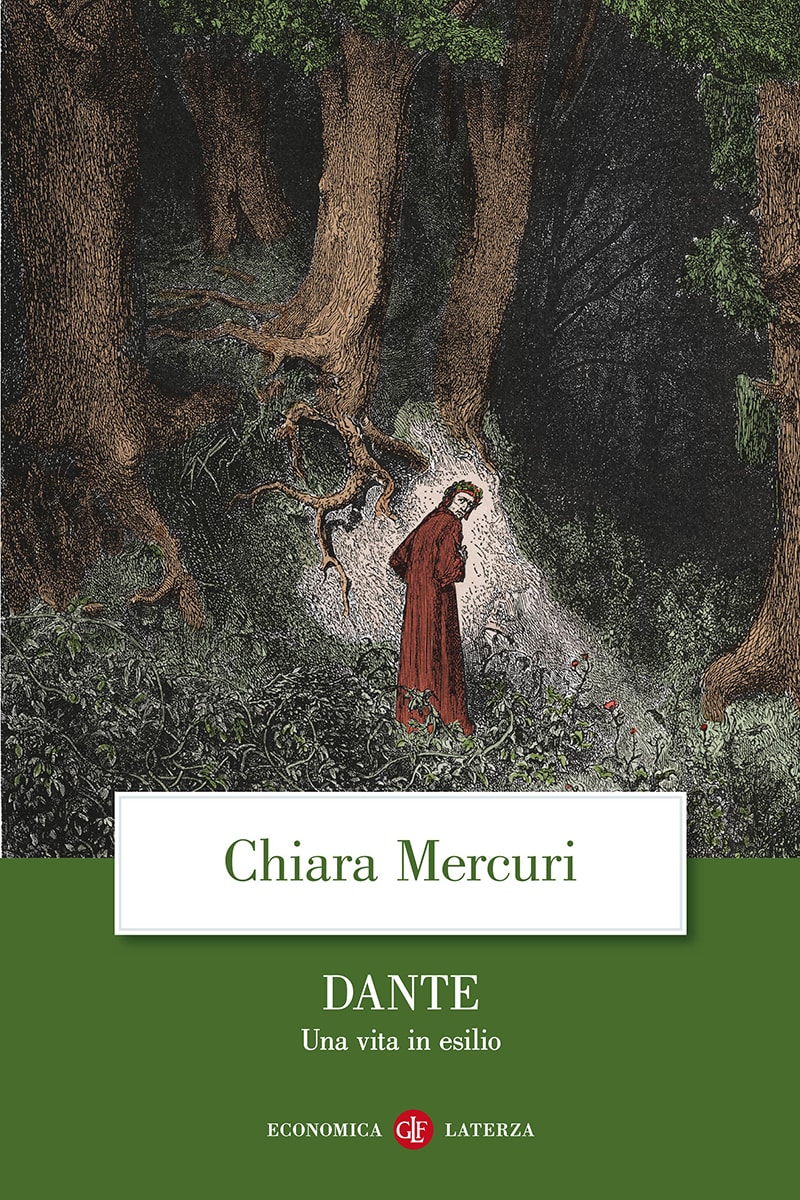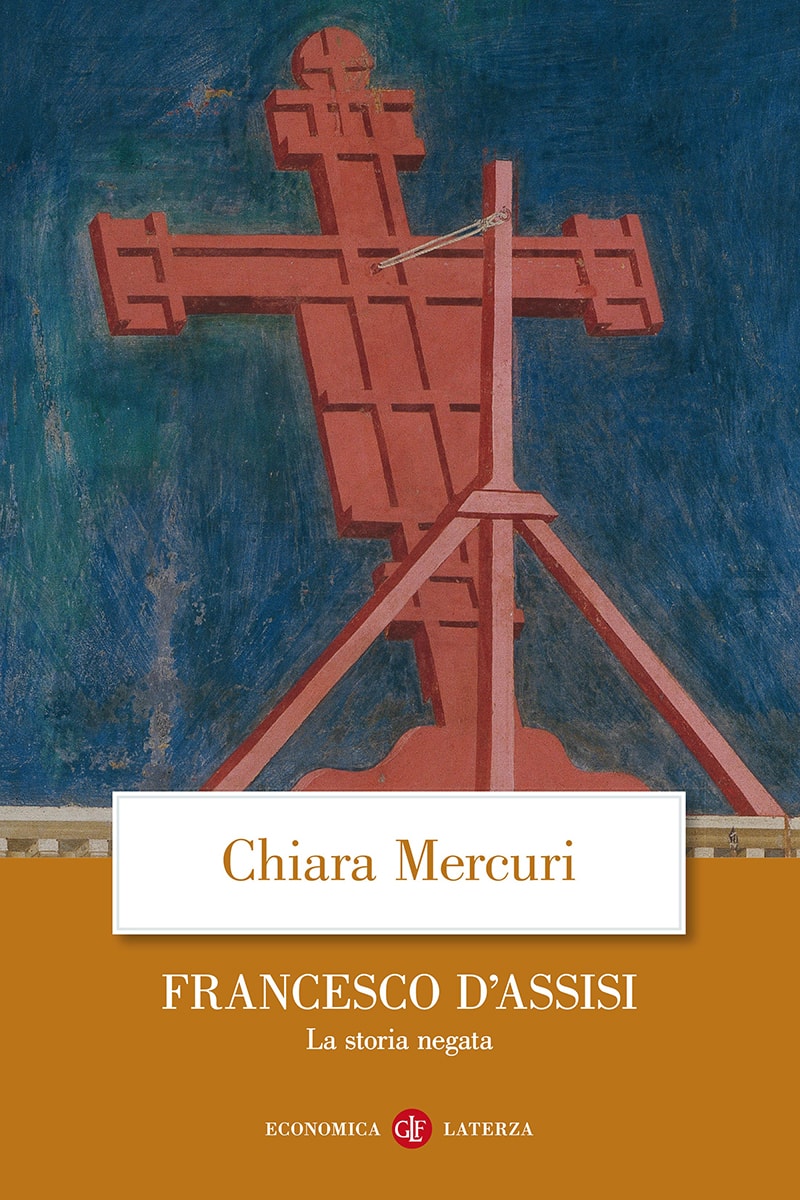
Pages: 192
Series: EL
ISBN: 9788858123867
The True Cross. History and Legend from Golgotha to Rome
The story of the relic of relics between mystery and verifiable sources in the words of a refined historian.
The cross. Finding the Cross, ‘inventing’ the Cross: a scaffold which, the day after Constantine’s Edict of Milan in 313, changed sign and became the symbol of Christian religion. From Jerusalem to Constantinople, from Aquisgrana to Rome, Chiara Mercuri describes a history in which religious piety mingles with sacrilegious interest, fanatical exaltation and villainous persecution.
According to an ancient tradition in the year 326 Helena, mother of Constantine, discovered the wood on which Jesus was crucified in Jerusalem. The Empress wanted to inspire strong devotion and impress on Christians the physical passage of Christ on earth, to reinforce the faith of the Christian community. On Mount Calvary in Palestine she erected a grandiose basilica, whose name ‘Martyrium’ already evoked the passion of Christ. But a site by itself is not enough. The basilica could not remain an empty shell, it must have a beating heart, a relic. Besides, it was not possible to search for Christ’s body, to gather around his material remains. The Gospels were very clear on this point, there was no body to venerate and Christians were destined to worship at an empty tomb. The Cross accordingly became the best surrogate for that body. That wood was infused first by Jesus’s sweat, during the ascent to Mount Calvary, then by his blood, during the long hours of the agony. Helena dug and she found it: the relic immediately became the symbol of Christian Jerusalem, just like the Ark of the Covenant had been for Jewish Jerusalem. From that moment onwards the True Cross became the protagonist of a series of events, always at the confines of history and legend, reality and imagination. When the Persian King Khosrau II took it from Golgotha, destroying its sacred link with Jerusalem, he ordained its definitive removal from that site. Despite the success of the Byzantines in recovering it, with the subsequent Islamic invasions the cross would never return to the Holy Land. Other cultural movements dedicated to it sprang up in Constantinople, Rome and Aquisgrana. Following its miraculous recovery in Jerusalem, the True Cross became a symbol of power. It was simultaneously the most evocative representation of the Passion of Christ and the most powerful symbol of Christianity. Everyone wanted it nearby, everyone wanted to boast its possession.
Reviews
-
La Vera Croce
Al tempio mancava una reliquia ed Elena "trovò" la Vera Croce
di Corrado Augias
-
La Vera Croce
Storia. Sant'Elena e il ritrovamento della Vera Croce, un'occasione mancata
di M. Iannacone
-
La Vera Croce
La vera storia della Croce fra maghi e papi santi e reliquie
di M. Mazzucco


